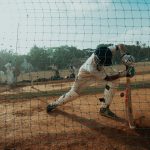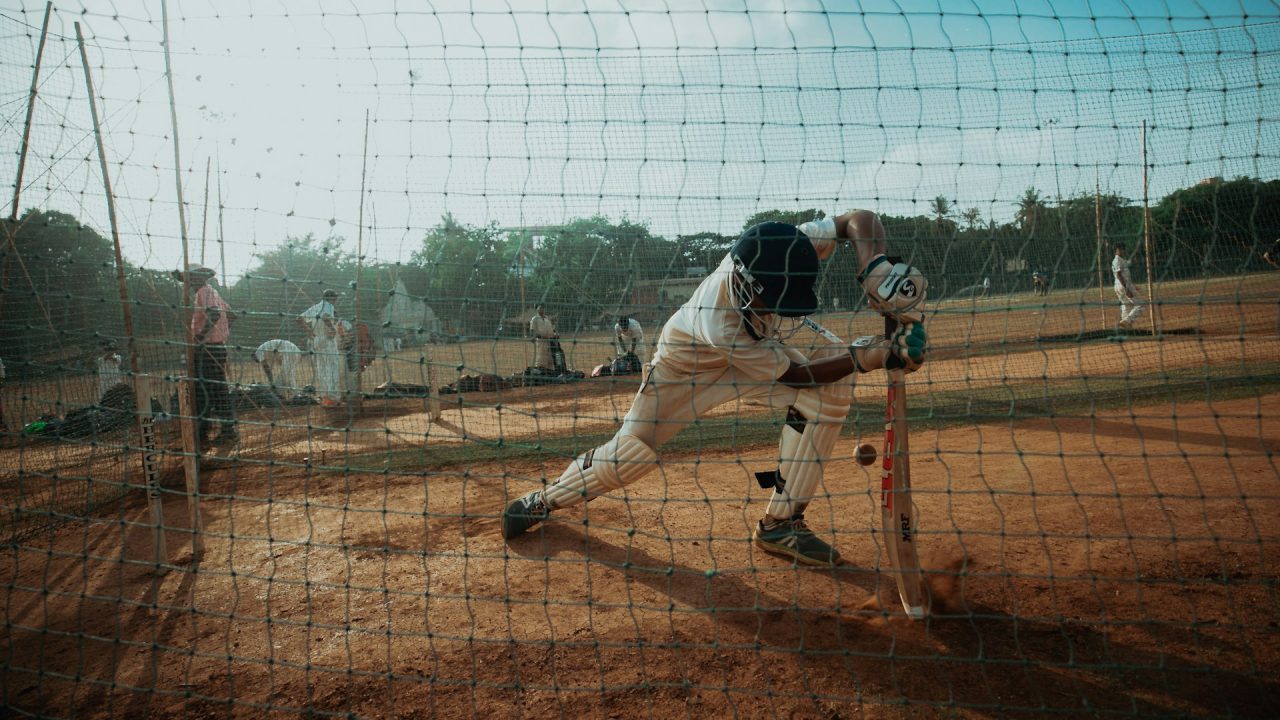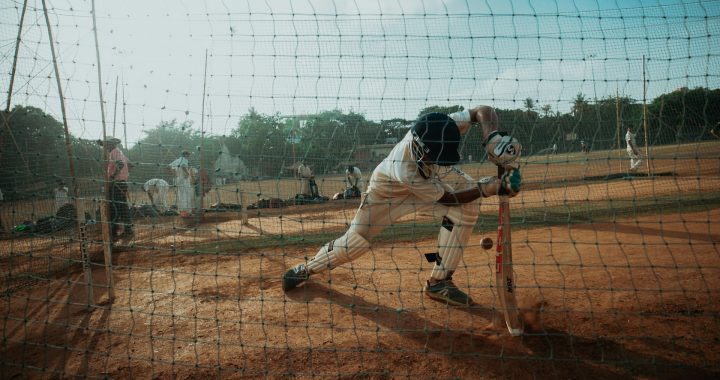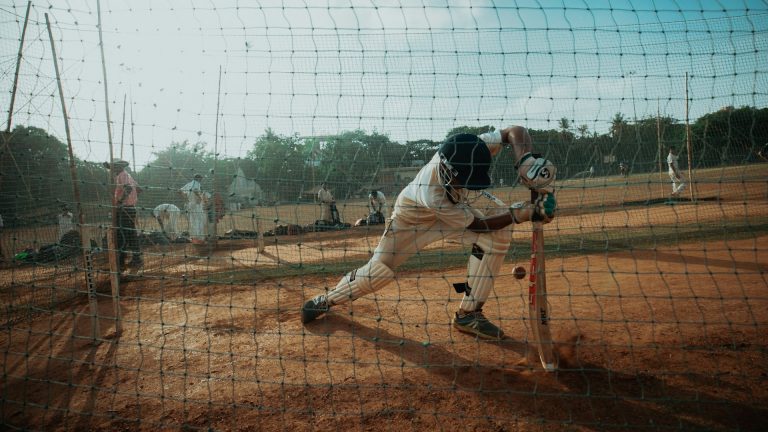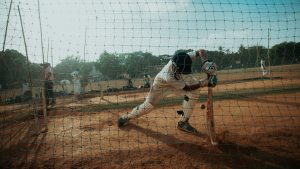ক্রিকেট বিশ্বের নজর এখন অস্ট্রেলিয়ার মাটিতে চলমান টি-টোয়েন্টি বিশ্বকাপের দিকে, যেখানে অ্যাডিলেইড ওভাল প্রস্তুত হচ্ছে ভারত ও বাংলাদেশের মধ্যকার হাই-ভোল্টেজ...
আমেরিকানরা যখন তাদের জীবনে কৃত্রিম বুদ্ধিমত্তার (এআই) প্রভাবের সাথে খাপ খাইয়ে নিচ্ছে, তখনও এটি নিয়ে উল্লেখযোগ্য পরিমাণে অবিশ্বাস রয়ে গেছে।...
গ্রুপ সেরা হয়ে নকআউট পর্বে যেতে জয়ের কোনো বিকল্প ছিল না পিএসজির সামনে। ইতালির তুরিনে ইউভেন্তুসের কড়া চ্যালেঞ্জ সামলে তারা...
ইউএস ওপেনের ফাইনালে রোমাঞ্চকর এক লড়াইয়ের পর টেনিস বিশ্বের দুই শীর্ষ তারকা কার্লোস আলকারাজ এবং ইয়ানিক সিনার এবার এশিয়ান সুইংয়ে...
প্রচণ্ড গরমে স্বস্তি পেতে আমরা নানা রকম পানীয় ও ফল খেয়ে থাকি। এই সময়ে দেশীয় ফল বাতাবি লেবুর (জাম্বুরা) কদর...
দক্ষিণ কোরিয়ার রাজধানী সিউলে আয়োজিত হতে যাচ্ছে ‘২০২৫ বই, উদ্ভিদ, করাত সম্মেলন’, যা শিশুসাহিত্য এবং প্রকাশনা শিল্পের ভবিষ্যৎ নিয়ে আলোচনার...
ফুটবল মাঠে আর্জেন্টিনার জয়রথ ছুটছেই। বিশ্বকাপ বাছাইপর্বের ম্যাচে ভেনিজুয়েলার বিপক্ষে ৩-০ গোলের সহজ জয় পেয়েছে বর্তমান বিশ্বচ্যাম্পিয়নরা। দলের এই জয়ে...
দীর্ঘ ছয় মৌসুম পর ইতালীয় বাস্কেটবল ক্লাব ডায়নামো ব্যাঙ্কো ডি সার্ডিনিয়াতে আবারও ফিরে এসেছেন তারকা খেলোয়াড় আকিল পোলোনারা। ক্লাব কর্তৃপক্ষ...
ইন্দোনেশিয়া সুপার লিগ ২০২৫-২৬-এর দ্বিতীয় সপ্তাহের সব ম্যাচ শেষ হয়েছে। নিচে টুর্নামেন্টের বর্তমান পয়েন্ট টেবিল এবং সব ম্যাচের ফলাফল দেওয়া...
মার্কিন যুক্তরাষ্ট্রের স্বাস্থ্য নিয়ন্ত্রক সংস্থা (USFDA) জানিয়েছে, উৎপাদনগত ত্রুটির কারণে ভারতের তিনটি বড় ঔষধ প্রস্তুতকারী প্রতিষ্ঠান—গ্লেনমার্ক, অ্যালেমবিক ফার্মা এবং সান...
